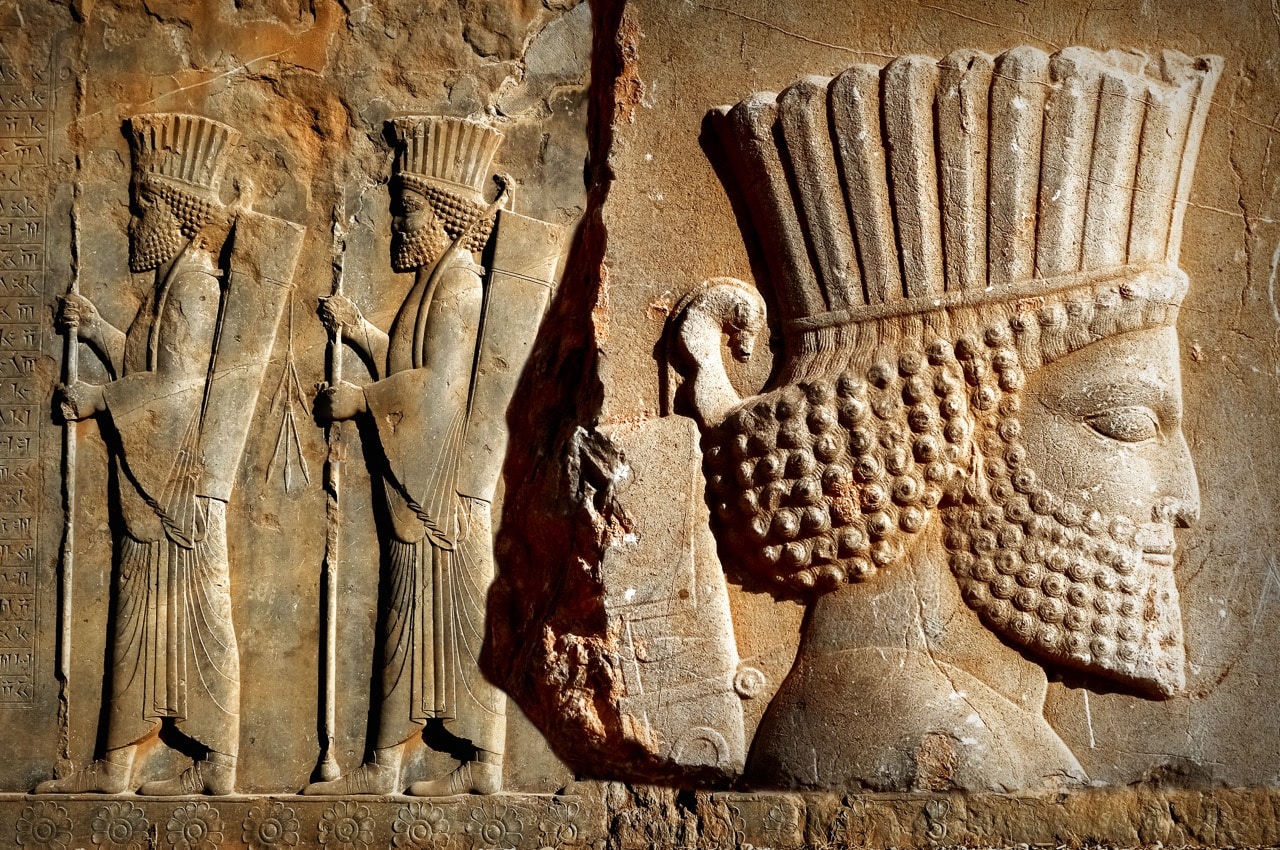
History of Iran: Journey from Ancient Empires to the Modern Islamic Republic
Dating back four thousand years before Christ, Iran is home to one of the world’s oldest continuous major civilizations. German philosopher Georg Wilhelm Friedrich Hegel calls the Persians the “first Historical People”. Iran is steeped in history and culture and houses some of the world’s ancient archeological treasures.
Iran’s Archeological and Cultural Treasures
Kerman (a province in southeastern Iran) is one of the most artefact-rich archaeological sites in the Middle East. You can also visit the remains of Persepolis, the capital of the Achaemenid Empire, in northeast Shiraz in the Fars province. Iran also holds the graves of some of the great figures of the Old Testament.
The Sasanian Empire, the last great empire of Iran before her Islamization influenced Roman civilization considerably. In fact, Persia’s cultural influences extended as far as Western Europe, Africa, China and India.
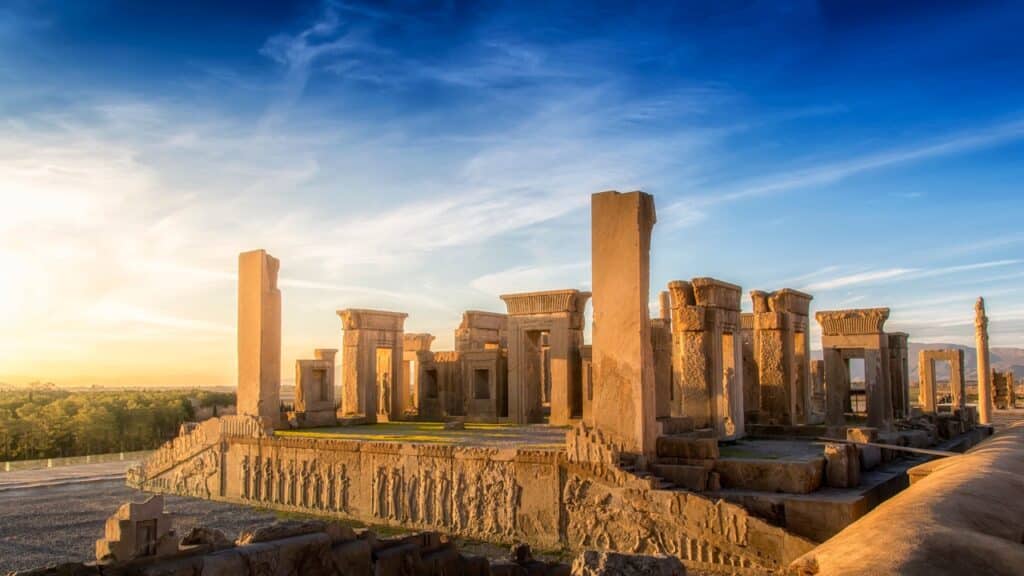
During the Bronze Age, circa 3400 BC – 2000 BC, modern day northwest Iran was part of the Kura-Araxes culture. One of Iran’s (and the world’s!) oldest-known settlements is Susa. The foundations of this city could be as old as from 4395 BC. Susa later became the capital of Elam and then of the Persian (Achaemenid) Empire (under Darius I).
Get our newsletter
Stay up to date with what God is doing in Iran today! Get the latest prayer points, project advancements, and opportunities to get involved.
Iran in Biblical Times
Elam
From 3200 BC to 539 BC, modern day southwestern and western Iran formed part of Elam. In Jeremiah 49:38, the Lord promises that in the last days, he will “set my throne in Elam” after which he will “restore the fortunes of Elam”. Elamites were present at the day of Pentecost (Acts 2).
Median Dynasty
In 625 BC Iran is unified as a nation and an empire under the Medes. They later merged into the Achaemenid Dynasty. Cyrus the Great, defeated them in 550 BC and united the kingdoms of Persia and Media.
Persian Empire
Cyrus the Great takes the throne in 559 BC and establishes the great Persian Empire. From 550 BC to 330 BC, Persepolis (Persis) was the seat of power and ceremonial capital for the three continents that formed the Persian Empire. Remains of it can still be visited in Iran today.
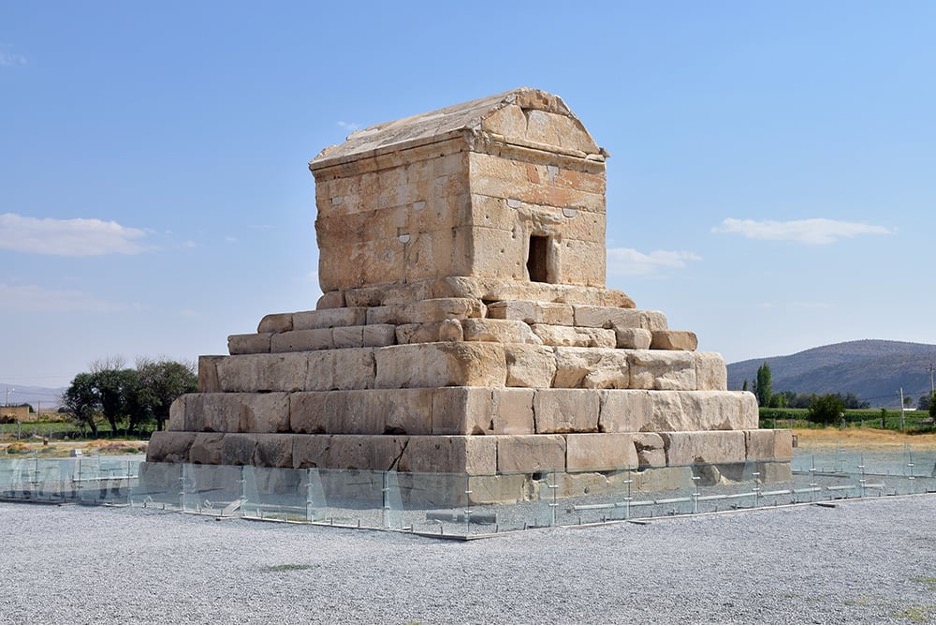
Macedonian Empire
In 330 BC, Alexander the Great takes control after a grueling three-year battle against Darius III of Persia. Alexander died in Persia in 323 BC at the age of 32, in the palace of Nebuchadnezzar II.
Seleucid Empire
In 312 BC, Alexander’s general Seleucus I seized control of the eastern territories, including Syria, Mesopotamia, and Iran. His dynasty ruled for more than two centuries.
Parthian Empire
The Arsacid dynasty founded and ruled the Parthian Empire from 248 BC to 224 AD. They were northwestern Iranians. They defeated the Seleucid Empire and limited the expansion of the Roman Empire beyond central Anatolia. Parthians were present at the day of Pentecost (Acts 2).
Read about Biblical history and ancient Iran
Iran’s Empires and Dynasties: 200-2000 AD
Sasanian Empire
Following the Parthians, the Sasanians ruled for more than 400 years (224-641 AD). Aradshir 1 was the first shah (king) of the Sasanian Empire. Under his rule, Iran was reestablished as one of the leading powers in the world. The Sasanian era, encompassing the length of Late Antiquity, is considered to be one of the most important and influential historical periods in Iran, and had a major impact on the world. The Sassanian era arguably brought the greatest achievements of Persian civilization. It was the last great Iranian Empire before the adoption of Islam.
Islamic Conquest of Persia
Before Islam, Zoroastrianism was Iran’s leading religion. In 650 AD, Islam was brought to Iran via an Arab-Islamic conquest. Iran’s Islamization was a slow process spanning from the eight to tenth centuries. In the mid-9th century, it is thought 40% of the population were Muslim. By the end of the 11th century, this had risen to closer to 90%.
For several centuries, modern day Iran was comprised of distinct people groups each with their own cultural expressions and traditions. Several dynasties came and went with short term rule and influence, including the Abbasids (Khorasanians), Khurramites, Saffarids, Buyid dynasty, Ummah, Samanid dynasty, Ghaznavid empire, Seljuq dynasty, Khwarazmian dynasty, Mongols.
Timurid Empire
The Timur invasion of Iran began in 1381. It was a brutal conquest. They ruled from 1370-1507.
Safavid Dynasty
From 1501-1736, the Safavids reunified Iran as an independent state and set Shia Islam as Iran’s – and the empire’s – official religion. It was the Safavids that made Iran the spiritual bastion of Shia Islam it still is today. Prior to this, most Iranians were Sunnis. Their rule marks the beginning of modern Persian history.
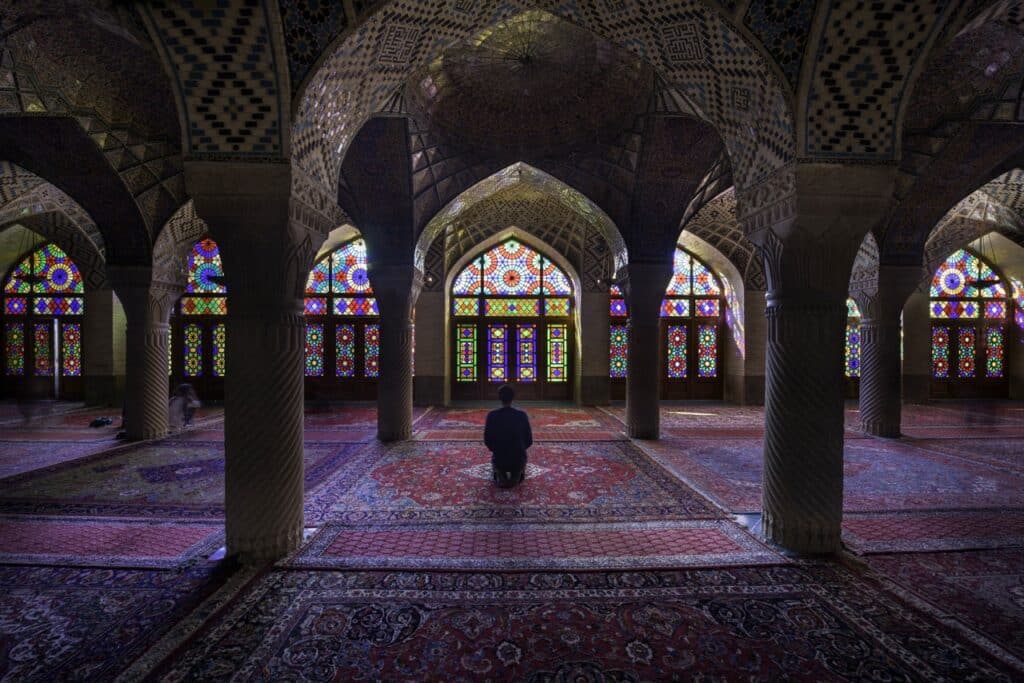
Qajar Dynasty
After the Safavids fell from power, Iran fell into a period of anarchy as rival leaders fought for power. The emerging victor was Agha Mohammad Khan who was formally crowned Shah in 1796 in the Mughan plain (around 60 years after his predecessor Nader Shah of the Safavid dynasty has been crowned in the same place). The Qajar dynasty lasted more than 100 years and ended in 1925.
Pahlavi Era
The last monarchs of Iran were the Pahlavis with a short rule that spanned just over half a century. In 1941 Reza Shah established a government with nationalism, militarism, secularism and anti-communism as core values. He introduced many socio-economic reforms, reorganizing the army, government administration, and finances. Many believe that he was one of the greatest kings in the history of Iran. The young generation praise him and view him as a national hero. Despite this, many of his laws birthed resentment among devout Muslims (such as the use of chairs in mosques, the introduction of western clothing, the disregard for the hijab, and permission for men and women to mix freely). In 1941 Reza Shah was forced to abdicate by the Anglo-Soviet invasion of Iran. He was succeeded by his son Mohammad-Reza Shah – the last king to rule Iran before Iran became an Islamic Republic.
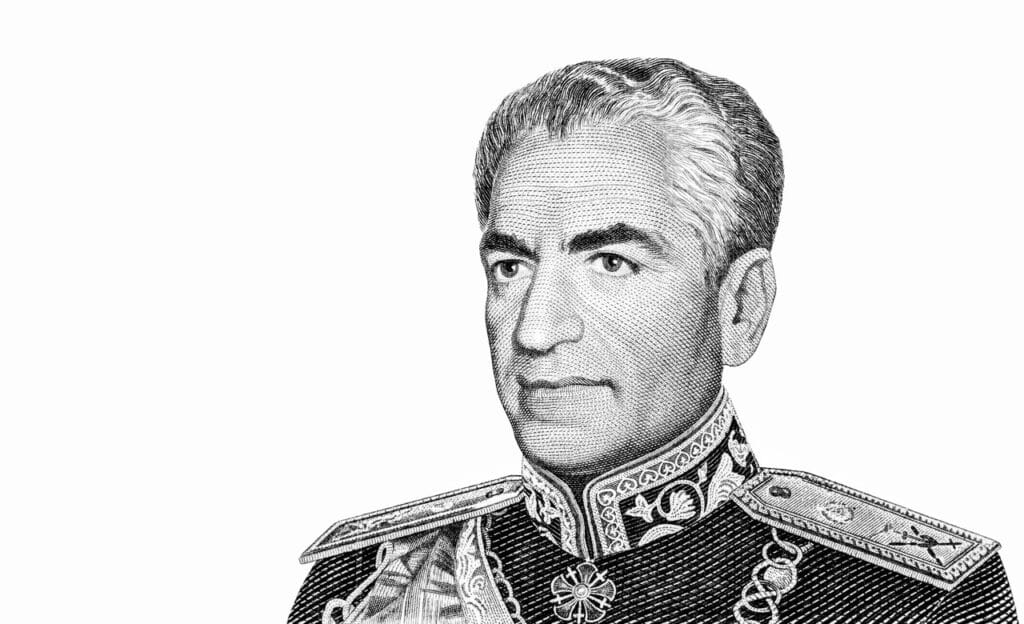
The Islamic Republic of Iran
1979, after many months of rising tension, protests and violence on the streets of Iran, the Pahlavi dynasty was overthrown. The King (Shah) was exiled, and the Islamic Republic of Iran was established under the Supreme Leader Ayatollah Khomeini. The new regime wasted no time in reestablishing Shia Islam as Iran’s standard for all aspects of life in Iran. They abolished laws that conflicted with their ideology, exiled or executed all who stood in their way, and began to require all aspects of Iran’s society to confirm to the new Islamic rule.

Donate Today
